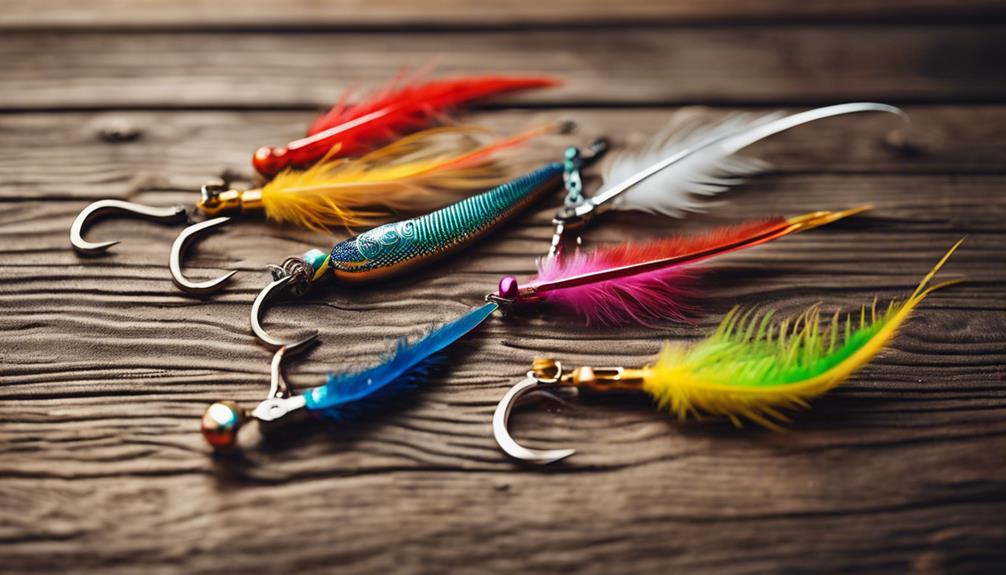Understanding the Basics of Fly Fishing
Fly fishing is a unique and rewarding way to fish that involves using artificial flies to catch fish. Unlike traditional fishing methods that use bait, fly fishing relies on the angler’s skill in casting and presentation. Before diving into the specifics of a fly fishing starter kit, it’s essential to grasp the fundamentals of this art. Fly fishing can be enjoyed in various environments, from tranquil streams to expansive lakes, making it a versatile choice for anglers. To truly appreciate this sport, beginners should familiarize themselves with terms like “casting techniques,” “fly types,” and “tackle components.” This foundational knowledge will not only enhance your experience but also help you make informed decisions when purchasing your fly fishing starter kit.
Key Components of a Fly Fishing Starter Kit
A well-rounded fly fishing starter kit typically includes several essential components. First, a fly rod and reel combo is fundamental. The rod’s length and weight will depend on the type of fish you plan to catch and the water you’ll be fishing in. A 9-foot, 5-weight rod is a versatile choice for beginners, allowing for easy casting in various conditions. Additionally, the reel should be lightweight yet sturdy, complementing the rod’s performance. Another critical element is the fly line, which comes in various weights and types. Floating lines are ideal for beginners as they are easier to manage. Finally, the kit should include a selection of flies, leaders, and tippets, enabling you to target different species and adapt to diverse fishing environments.
Choosing the Right Fly Rod and Reel
When selecting a fly rod, consider factors such as length, weight, and action. A longer rod allows for more casting distance, while a shorter rod offers increased accuracy. For beginners, a medium-fast action rod is recommended as it provides a good balance of distance and control. The reel is equally important; it should have a smooth drag system and be easy to handle. Look for reels made from durable materials that can withstand the elements, as fly fishing often takes you to remote locations. A quality fly rod and reel combo can significantly enhance your fishing experience, making it a top priority when assembling your fly fishing starter kit.
Essential Flies for Your Starter Kit
The type of flies you include in your fly fishing starter kit can greatly impact your success on the water. Beginners should focus on a mix of dry flies, nymphs, and streamers. Dry flies float on the water’s surface, mimicking insects, making them perfect for targeting fish that feed on the surface. Nymphs, which imitate aquatic larvae, are effective when fish are feeding below the surface. Streamers are larger flies designed to mimic baitfish, making them ideal for targeting predatory species. A good starter kit should include a variety of these flies in different colors and sizes to adapt to changing conditions and fish preferences.
Accessories to Enhance Your Fly Fishing Experience
In addition to the core components of your fly fishing starter kit, several accessories can enhance your overall experience. A fly box is essential for organizing and storing your flies, ensuring easy access when you’re on the water. A pair of polarized sunglasses is also crucial, as they reduce glare and improve visibility underwater, allowing you to spot fish more easily. Waders and boots are necessary for fishing in deeper waters, providing comfort and protection from the elements. Lastly, a landing net will help you safely catch and release fish, minimizing harm to the aquatic ecosystem. Investing in these accessories will elevate your fly fishing experience and make your kit more comprehensive.
Learning Casting Techniques
Once you’ve assembled your fly fishing starter kit, it’s time to master the art of casting. Effective casting is essential for placing your fly in the right spot and making it look natural to fish. Start with the basic overhead cast, which involves lifting the rod and then swiftly bringing it forward while releasing the line. Practice in an open area to develop your technique before heading to the water. There are numerous resources available, including videos and local classes, that can help you refine your casting skills. Remember, practice makes perfect. The more you cast, the more comfortable and proficient you will become, ultimately improving your fishing success.
Understanding Local Regulations and Conservation
Before heading out with your fly fishing starter kit, it’s crucial to understand local fishing regulations and conservation practices. Different regions have specific rules regarding fishing seasons, catch limits, and designated fishing areas. Familiarize yourself with these regulations to ensure you are fishing responsibly and legally. Additionally, practice catch-and-release techniques to help preserve fish populations and their habitats. By being a conscientious angler, you contribute to the sustainability of the sport and ensure that future generations can enjoy fly fishing as much as you do.
Joining the Fly Fishing Community
Finally, one of the best aspects of fly fishing is the community surrounding it. Connecting with other anglers can provide invaluable knowledge, tips, and camaraderie. Consider joining a local fly fishing club or participating in online forums to share experiences and learn from others. Many communities organize events, workshops, and group outings that can help you improve your skills and make new friends. Engaging with the fly fishing community not only enriches your experience but also fosters a sense of belonging and support in your journey as an angler.
In conclusion, assembling a fly fishing starter kit is an exciting step toward embracing this rewarding sport. By understanding the core components, selecting the right gear, and familiarizing yourself with techniques and regulations, you’ll set yourself up for a successful and enjoyable fly fishing experience. Remember, the journey is just as important as the destination, so take your time to learn and immerse yourself in this beautiful outdoor activity. Happy fishing!
